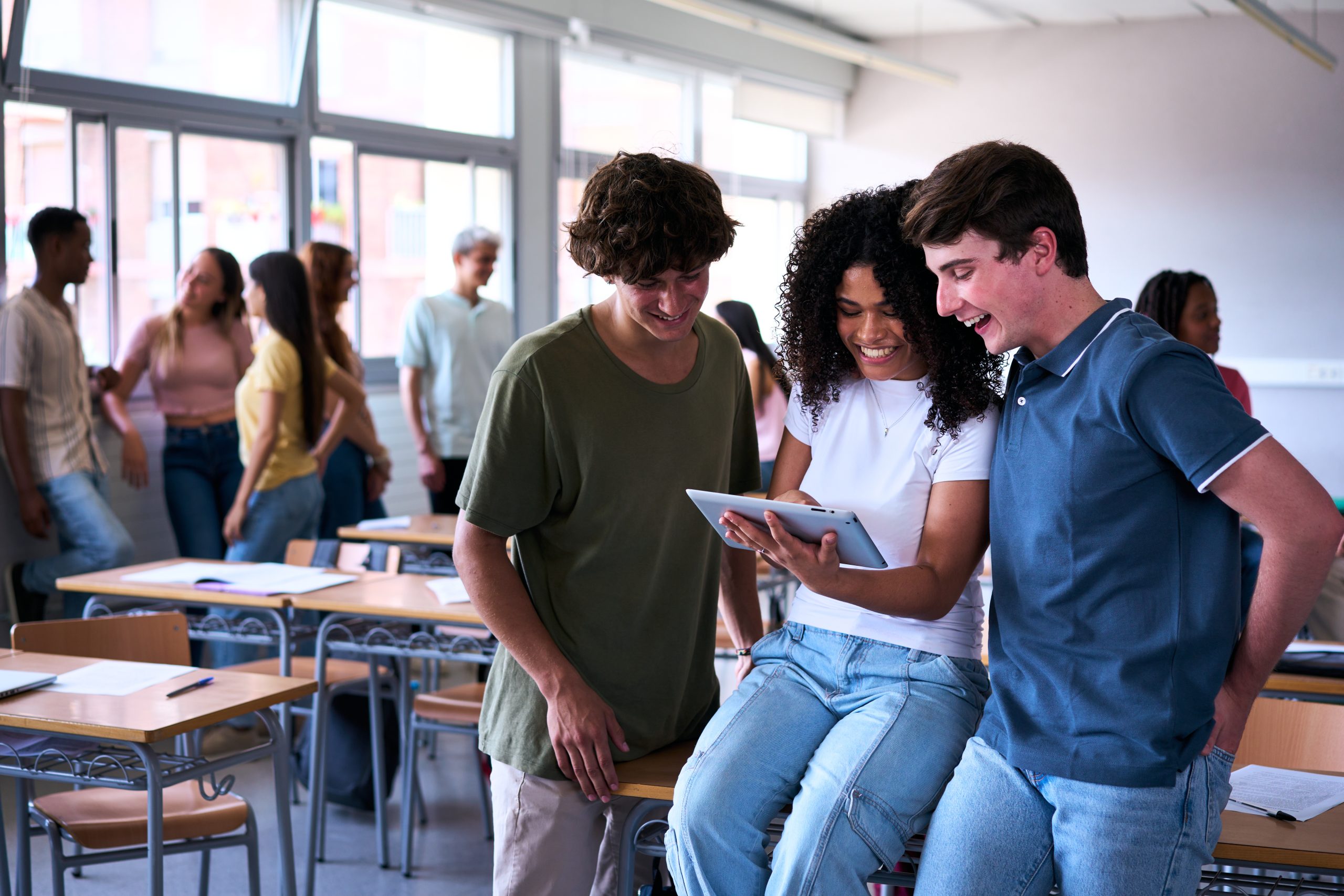
Curiosity is so important in the classroom and beyond. When students are intrigued, it primes the brain for learning and makes the experience even more rewarding. Curiosity is also associated with better academic performance and critical thinking skills.
This sense of wonder will serve kids well into adulthood. Our world is continuously changing, and people who have a desire to seek out new information will be better equipped to navigate the shifts they face today and in the future.
I was disappointed to see recent news that most students (83%) in the K-12 space reported that they don’t have enough opportunities to be curious at school. I imagine some of these challenges stem from the fact that we all think and behave differently. What engages me may not speak to others.
As educators, it’s important that we think beyond our own preferences and find creative ways to capture the attention of students. I know teachers already have so much on their plates, so the good news is that the Emergenetics Attributes can help you make small adjustments that lead to big results.
Below are 7 strategies that I used in the classroom to ignite curiosity. Let’s start with tips for the three Emergenetics Behavioral Attributes to create an environment where kids can focus on embracing new learning.
 Build quiet and lively spaces
Build quiet and lively spaces
Students in the first-third of Expressiveness often appreciate having a peaceful environment to think and spark understanding, so set aside space where youth can work quietly and independently. At the same time, having another zone that invites conversation is important for third-third Expressiveness, which often learns best by talking. With both settings available, teachers can invite kids to work in whichever space best meets their needs.
 Expect and allow for varied pacing
Expect and allow for varied pacing
Youth who prefer first-third Assertiveness typically engage with learning in a steady environment that allows them to move at an incremental pace, while third-third Assertive students usually love to take an idea and run with it. When designing your lessons, make sure that kids have some opportunity to pace themselves so they can participate in a way that feels comfortable to them and honors their preferences.
 Invite focus and multi-tasking
Invite focus and multi-tasking
First-third Flexibility appreciates sticking to one topic at a time while third-third Flexibility often enjoys juggling a few tasks at once. One way I engaged kids across this continuum was to provide a menu of items they needed to complete for an assignment. Almost without fail, youth with a first-third preference would pick one task, see it through to its conclusion and then move on to the next. Those in the third-third tended to jump between action items and chip away at different pieces of each. Ultimately, they would all complete the assignment, just in their own style.
Setting the tone for curiosity by adapting the classroom environment is an important step in elevating interest. You can also use the Thinking Attributes to inform instructional strategies that will further engage students.
 Invite youth to become experts
Invite youth to become experts
When I was teaching, I used a tactic called Genius Hour, where kids had one hour each week to explore a topic of their choosing and ultimately present it to the class. My Analytical Thinkers were especially absorbed by this activity because they had a chance to dive into something that mattered to them, and they got to be the authority on the topic. While the implementation may look different in each classroom, the lesson here is to find ways to let kids drive their learning on a topic that inspires them.
 Offer examples
Offer examples
The Structural Attribute is motivated by the question of: How? In a classroom, youth with this preference will likely be intrigued when they can apply the lesson to their everyday lives. Get their attention by integrating tangible examples, samples or demonstrations of the applications of your subject matter into instruction. Their thirst for knowledge will come alive as they find a template that they want to use and adapt to make it their own.
Encourage input
Wonder often awakens in Social Thinkers when they can understand how others feel about different topics. To inspire this sense of connection, encourage youth to get feedback from other students in the classroom. I would often bring this practice to life by conducting opinion polls to hear what kids were thinking or providing opportunities for peer feedback and discussion on projects and lessons.
 Let them experiment
Let them experiment
When I was assigning a project in class, I remember often hearing Conceptual questions like: Does mine have to look like that? Can I do it differently? That’s because inquisitiveness is sparked for Conceptual Thinkers when they can test out new things. My mission was to find ways to free them from constraints. In instruction, I’d define a few non-negotiables and then allow youth to experiment with the deliverables from there. That way, their Yellow could run wild, and I could still assess their learning!
When students can connect with lessons according to their preferences, it will unlock their intrinsic motivation and unleash their curiosity. I encourage you to reflect on the next assignment you’ll be giving. Ask yourself how you could adjust the plan to support either Thinking or Behavioral preferences. Once you get into the habit of supporting one set of Attributes, integrate the next to see learner engagement really take off.
Get more insights to strengthen your approach to instruction. Explore our Youth Facilitator Certification or fill out the form below to speak with one of our team members today!
 Print This Post
Print This Post
